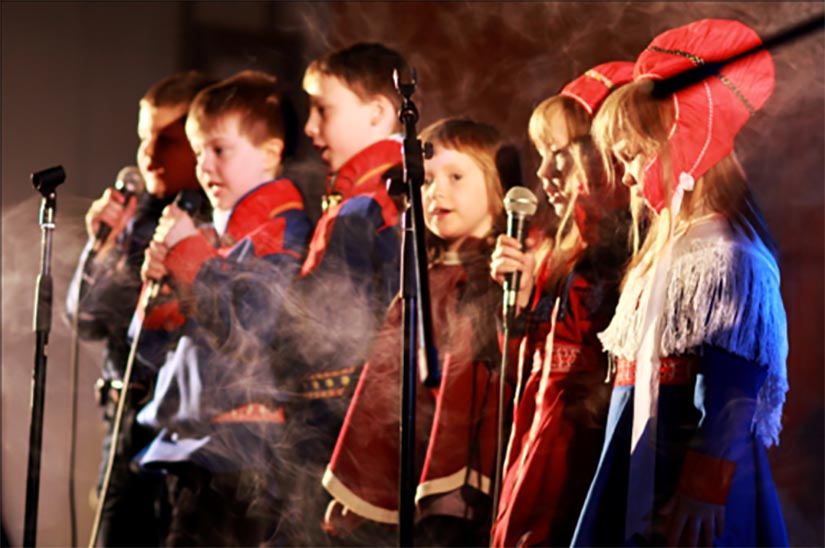
Metsähallitus engages in cooperation to secure the preconditions for the Sami languages and traditional Sami means of livelihood. The goal is to enable the continuity of reindeer husbandry, hunting, and the gathering of products from nature, alongside other traditional means of livelihood in the future as well.
Metsähallitus operates in the Sami homeland area, which comprises Enontekiö, Inari, and Utsjoki, as well as the the Lappi reindeer herding cooperative area in Sodankylä. These areas are home to about 3,500 of Finland’s approximately 10,000 Sami. Sami languages spoken in Finland include, Inari Sami, Skolt Sami, and North Sami.
The care, use, and protection of natural resources, for which Metsähallitus has been put charge of in the Sami regions, must be implemented in a manner that secures the prerequisites for practising the Sami culture.
Land use discussed with Sami
The new Act on Metsähallitus has led to the formation of consultative committees in the municipalities of the Sami homeland areas for dealing with the sustainable use of and care for state-owned land and water areas and their natural resources.
Significant matters of land use and principles of forestry are discussed with the Sami Parliament and in the case of the Skolt areas, discussions are held at Skolt village meeting. Metsähallitus was the first governmental body in the world to take the Akwé Kon guidelines on traditions of indigenous peoples into trial use in 2010. Nowadays the process is in use in all Sami areas as a tool of cooperation between Metsähallitus and the Sami.
Eighty-four percent of the Sami homeland area comprises wilderness areas, national parks, protected areas and subsistence livelihood areas where forestry is not practised. The rest of the region comprises multi-use forest, where half has been excluded from use in commercial forestry.
In areas in which forestry is practised (7% of the Sami area) felling is implemented in the form of thinning and felling that maintains forest cover, while seed trees help maintain forest renewal. Clear-cutting was ended in the Sami area 25 years ago. The most important reindeer grazing areas and the annual cycle of reindeer husbandry are taken into consideration in planning. Felling and other forestry activities are discussed in negotiations held with the individual reindeer herding cooperatives, and agreements are made on cooperation in locations that are important for reindeer herding. The goal is to work together to develop forestry methods in which the needs of reindeer husbandry are taken into account.
Supporting the Sami culture is part of the activities of Metsähallitus
Speakers of the Sami languages have the possibility to use their mother tongue at official meetings of Metsähallitus and the Sami population. A growing proportion of Metsähallitus communications material, guideposts, permits, and agreements are available in the Sami languages.
Metsähallitus also works to support Sami culture by mapping out historical sites in the terrain and by upgrading culturally valuable Sami farms and reindeer roundup locations.
It is possible to learn about Sami culture in Siida in Inari, for instance, where the Sami Museum and the Metsähallitus Nature Centre operate under the same roof. The Sami languages are also spoken in Siida.
Read more:
Metsähallitus web pages in North Sami: https://www.metsa.fi/web/se
The Nationalparks.fi web pages in the Sami languages
o In North Sami (www.lundui.fi)
o In Inari Sami (www.aanaar.lundui.fi)
o Information in Skolt Sami (www.lundui.fi/se/saamkiolle)